The historic quarter in the neighbourhoods of Monserrat and San Nicolás is known for boasting some of the city’s most famous landmarks, including the obelisk, Casa Rosada, Cabildo and the Cathedral, but it is also home to many surprising secrets.
A pet seal in downtown Buenos Aires?
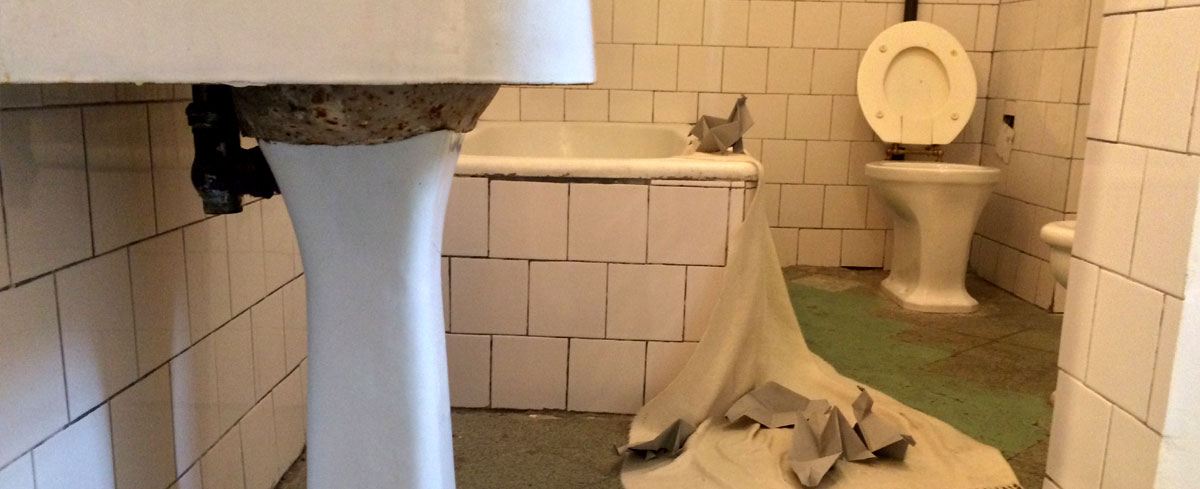
Did you know that the author of The Little Prince spent a time living in Buenos Aires and kept a pet seal in the bath of his apartment in the city? Antoine Saint-Exupéry spent time in Argentina tracing air routes to the south of the country, where he fell for the seal and brought it back to the city with him and kept it at his apartment on the seventh floor at Galería Gûemes (Florida 165), the setting and inspiration for his book Night Flight. His old apartment has been thoroughly restored and is open to the public in the morning.
An exclusive entrance to the metro
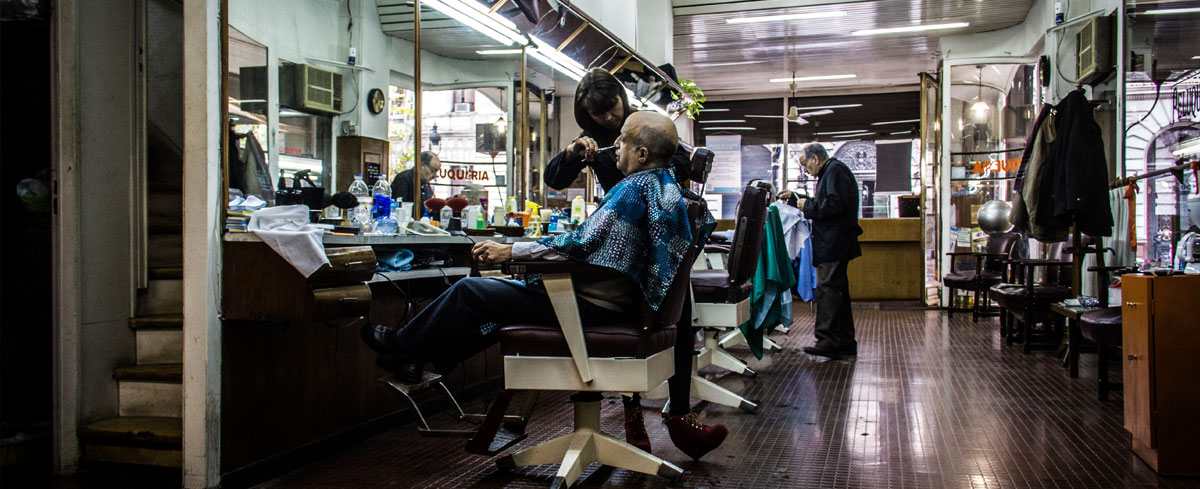
In the middle of Avenida de Mayo, at number 560, the passageway Pasaje Roverano dates back to the 19th century. The current structure is more recent due to the widening of the avenue, during which a secret entrance to the Peru metro station was added, making the building the only site in the city to have such a feature. The passageway is also home to the Mario Sariche’s barbershop, which counted none other than Pope Francis among its loyal customers for around 20 years. Discover a Buenos Aires where time stands still.
A palace of journalism and culture
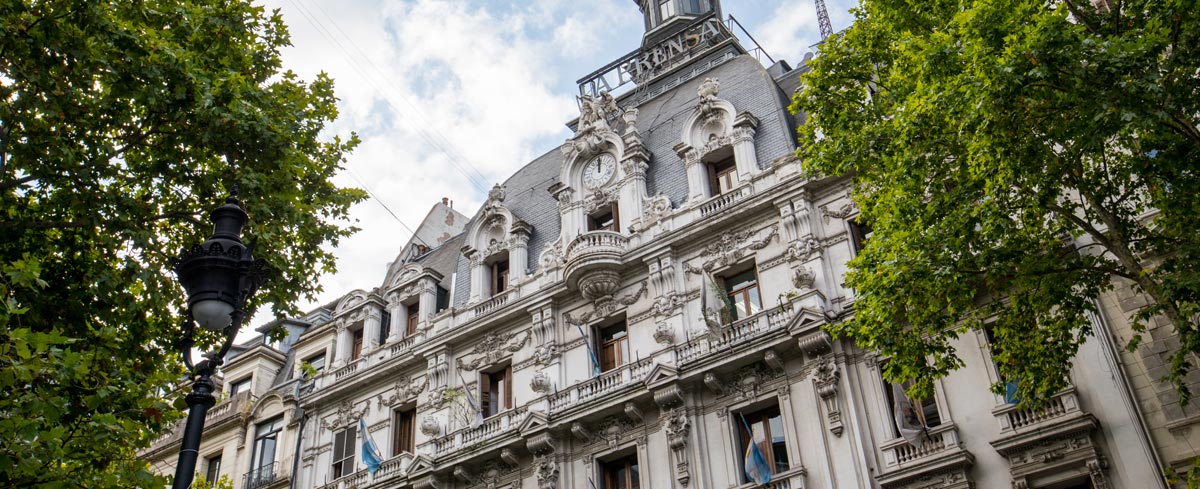
On the opposite side of Avenida de Mayo, at 575, is a relic of the golden age of journalism of Buenos Aires: the former site of La Prensa newspaper. The incredible site had its own apartments, doctors and dentists’ consultation rooms and even a music school as well as the newsrooms and offices. The building is now the city’s Casa de la Cultura and the offices have been turned into exhibition rooms but many of the original characteristics of the buildings have been maintained. It’s well worth a visit at the weekend.
The bookstore where the revolution was plotted
If you’re a fan of literature, don’t miss the city’s oldest bookstore. Located between the streets Alsina and Bolívar, Librería de Ávila, originally named Librería del Colegio, has two floors and 100,000 new and used books. It was founded in 1785 and was a meeting point for the men behind the 1810 May Revolution, who found inspiration in books on the French Revolution and debated and between the shelves here debated the future of the independent nation they sought to create. Travel back in time with a visit to this site.
A pharmacy that's also a living museum
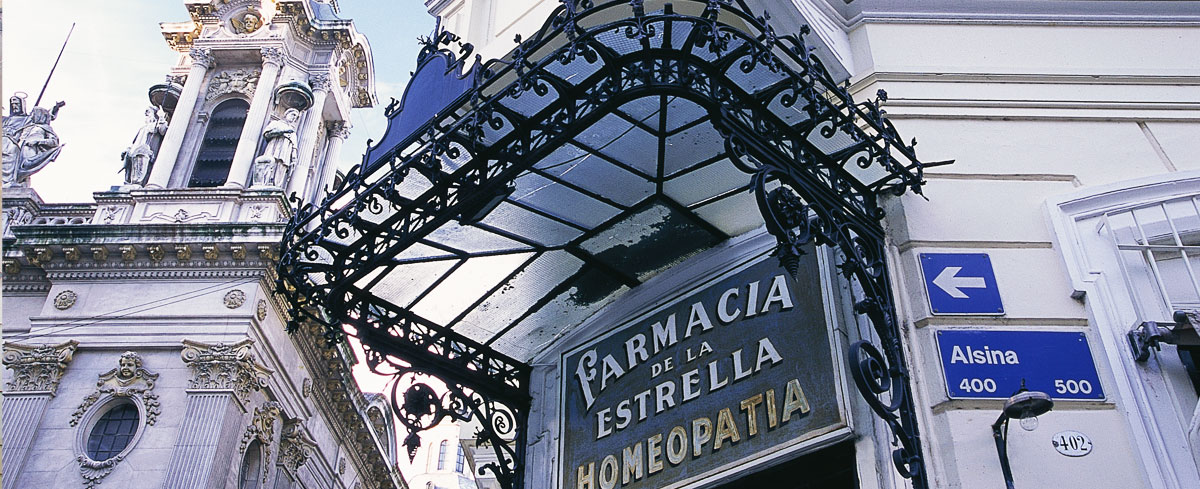
Not far from the Ávila bookstore is the city’s first pharmacy, Farmácia de La Estrella, at the corner of Defensa and Alsina. Founded in 1838 and soon considered one of the most important pharmacies in South America, this gem preserves its original furnishings and paintings and on the second floor houses the Museum of the City, dedicated to the history of Buenos Aires through period costumes, furniture, and anecdotes.
And one for the road: this looks like a church, right?
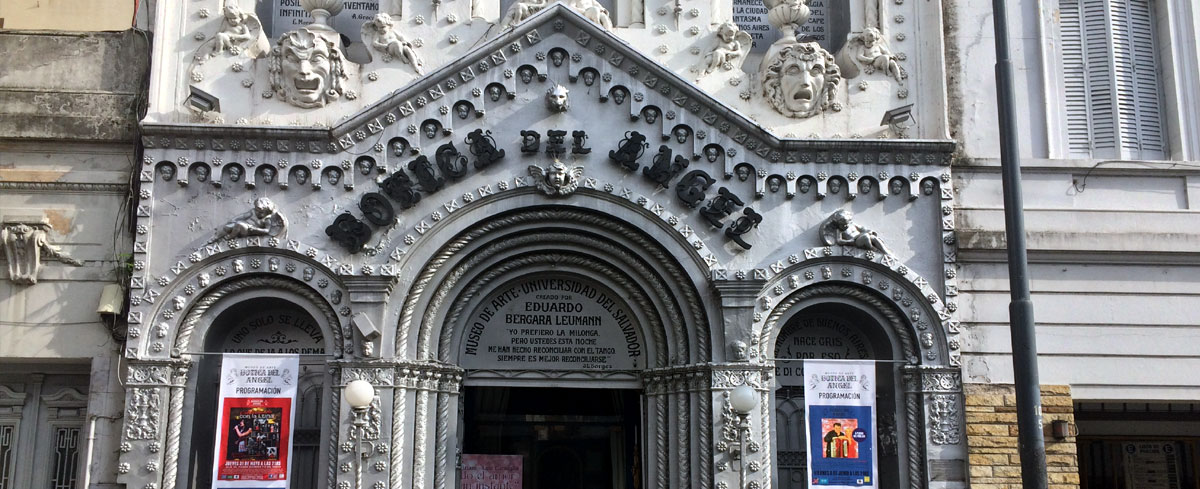
A little further from the historic centre, but still in the Monserrat neighbourhood, is a building that appears to be a church, but is it? The building at Luis Sáenz Peña 543) with its grand arched entrance and sculptures of angels is actually the Botica del Ángel Scenography Museum. It was the home of the animator, painter and scenographer Eduardo Bergara Leumann and for many years functioned as an alternative theatre space for improvised plays that were performed without scripts and without any known actors. Today, the museum preserves a range of different artefacts spanning the Porteño arts scene from the 1960s to the present day, You’ll need to make a reservation to visit.
Make sure you also visit the more traditional must-see attractions of Buenos Aires' historic quarter.





